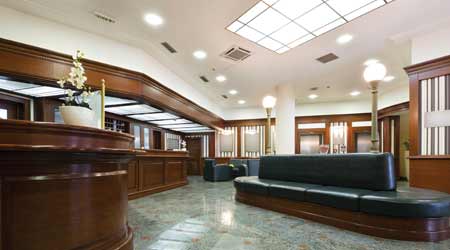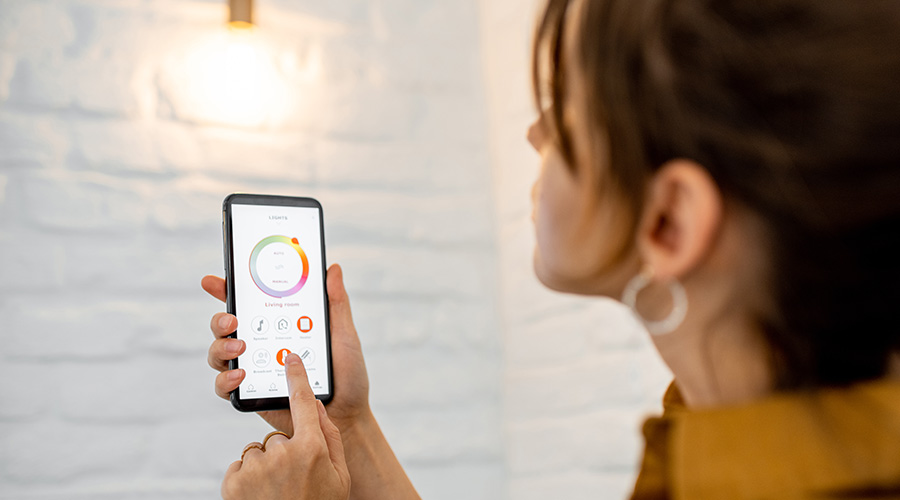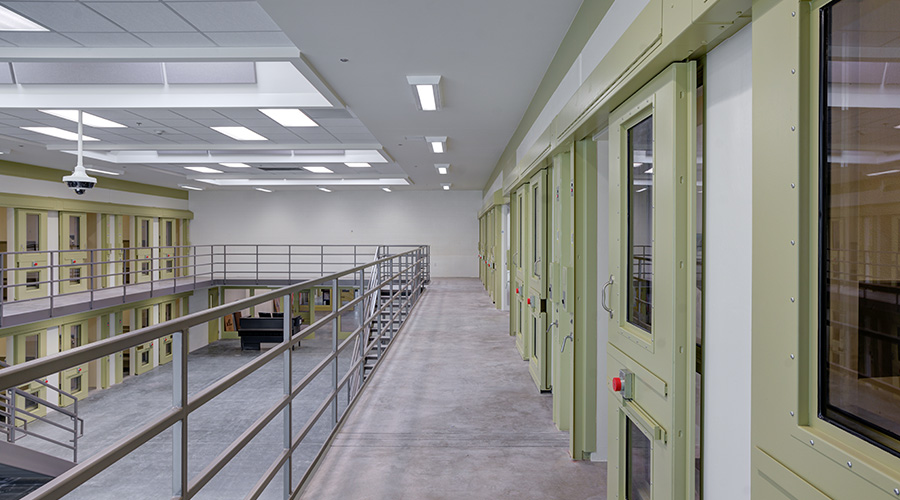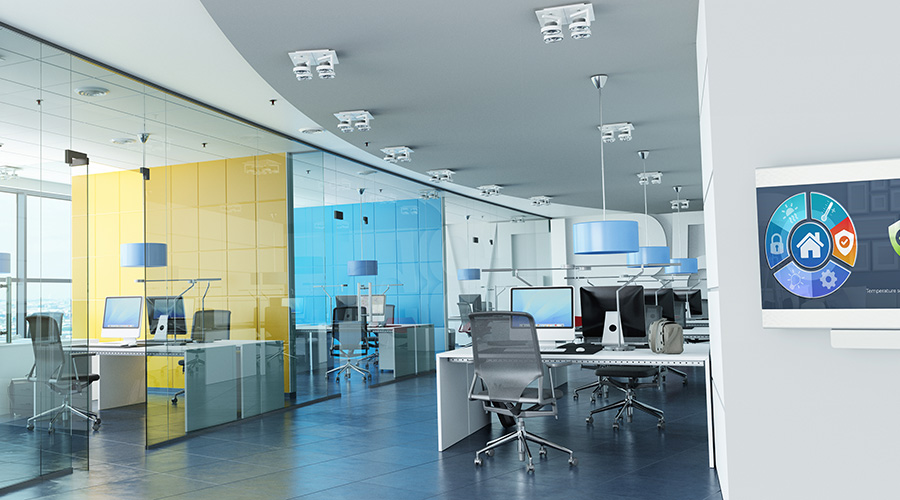How LEED Affects Lighting Upgrades
Significant changes have been made between LEED v3.0 and LEED v4.0 that affects lighting upgrades.
The LEED rating system has seen significant changes between LEED v3.0 and LEED v4.0, with the systems relying on ASHRAE 90.1-2007 and ASHRAE 90.1-2010, respectively.
For New Construction and Core and Shell projects — where LEED compliance requires an energy model — the model is based on the respective energy code requirements. Enhanced lighting control strategies can reduce energy use compared to the baseline for a similar building. Including extensive lighting controls with daylighting scenarios, limited occupancy sensor operation and integration into a building management system will increase energy efficiency.
Both rating systems seek to increase user controllability via lighting controls, with LEED v4 fixing some of the known workarounds for credit compliance without achieving the true credit intent. The newer LEED version still requires that 90 percent of individual occupants have controllability of lighting and all multioccupant spaces, but it now mandates at least three different lighting levels to suit their tasks. These lighting levels include full on, full off and a 30-70 percent transition option.
All multioccupant spaces require multilevel group lighting. Specialty presentation lighting must be controlled separately, and control must be local and within the space it is controlling. To avoid further confusion, LEED has outlined many common space types to help sort out the individual and multi-occupant control schemes.
Projects seeking certification for LEED Existing Building Operation and Maintenance (EBOM) can receive one point by upgrading their lighting controls to allow for a minimum of 50 percent of occupants to adjust the lighting levels to suit their individual tasks and preferences, with a minimum of three lighting levels — on, off, mid-level — at 30-70 percent of maximum, similar to the new construction requirements.
For multi-occupancy spaces, projects must have multi-zone control systems that enable occupants to adjust the lighting to meet group needs and preferences, with at least three lighting levels or scenes — on, off, mid-level. They also must have projection and presentation lighting that are separately controlled, as well as switches or manual controls located within the same space as the controlled lighting fixtures. Also, a person operating the controls must have a direct line of sight to the controlled luminaires.
The last requirement has been implemented in LEED v4 from LEED v3 as this was a common loophole project teams would exploit to meet the credit requirements without giving true operation to the building occupants by having dummy switches that ultimately were controlled remotely.
Related Topics:















